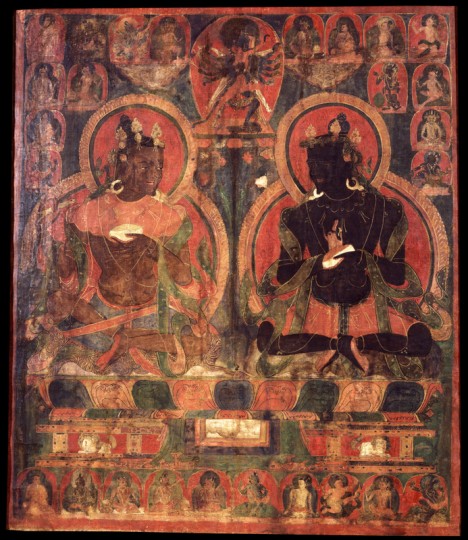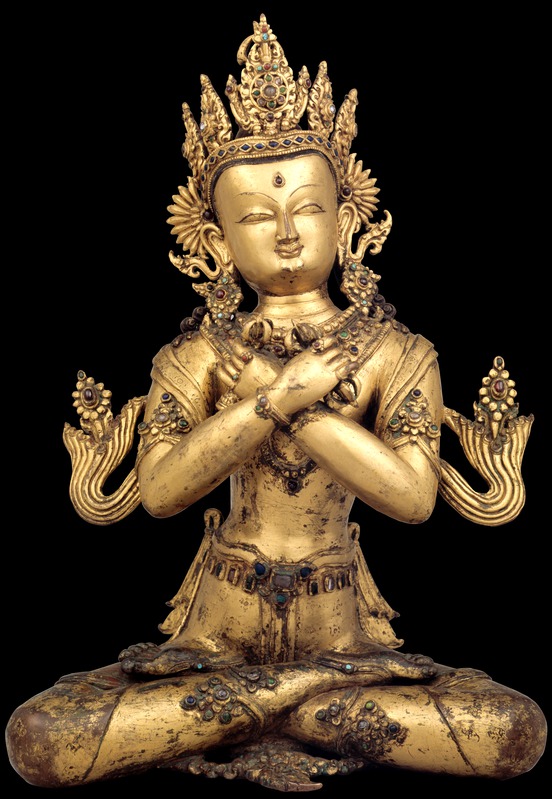
Dreams in Buddhist Tradition
In Buddhism, dreams are used as teaching tools and metaphors for perceiving true nature and removing ignorance. The Buddha often compared the everyday experiences of living beings to dreams; existence feels real to us while we are experiencing it, but its empty nature becomes apparent once we are truly “awake.”
The History of Dream Yoga

During the medieval period of Indian history (6″“12th centuries), the great Tantric Buddhist masters took Buddhism’s use of dreams one step further, developing practices to be performed while sleeping. These practices were called Dream Yoga and eventually became one of the many advanced practices in the Himalayan Buddhist tradition.
Dream Yoga, or milam in Tibetan, comes from the lineage of the two Indian Mahasiddhas Tilopa and Naropa. After the proper training, a practitioner dreams lucidly so that they are able to continue meditating even while sleeping. Dreams are easier to manipulate than the waking world, but according to Buddhist views, they both share the same empty nature—a fact that becomes apparent to practitioners though dream yoga.
This type of practice is just one of the Six Yogas of Naropa—some of the others include tumo, or inner heat yoga; illusory body yoga; clear light yoga; bardo, or intermediate state yoga; and consciousness transference yoga. Traditionally, any of these yogas could produce enlightenment in a practitioner, but dream yoga provides the distinct advantage that you can practice it while you sleep!

